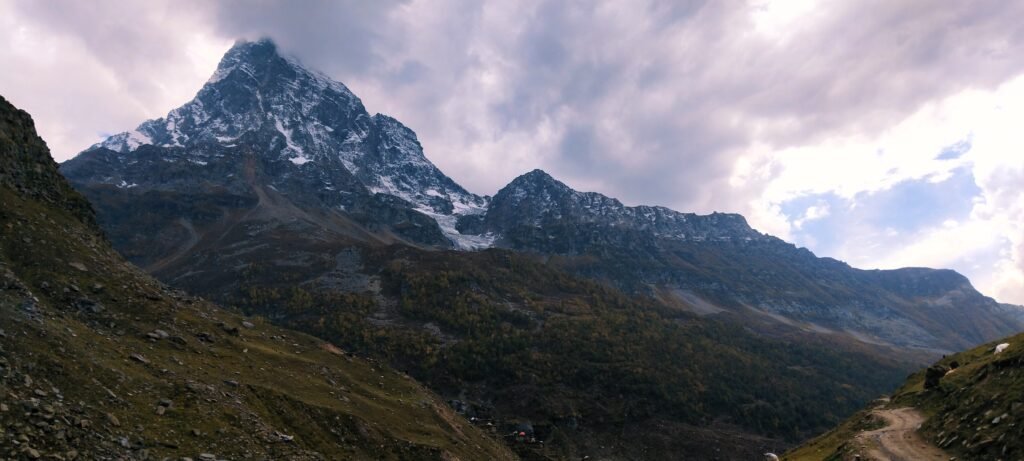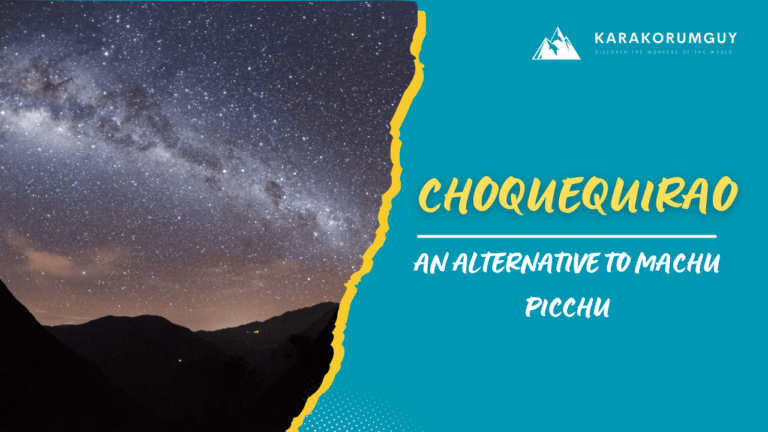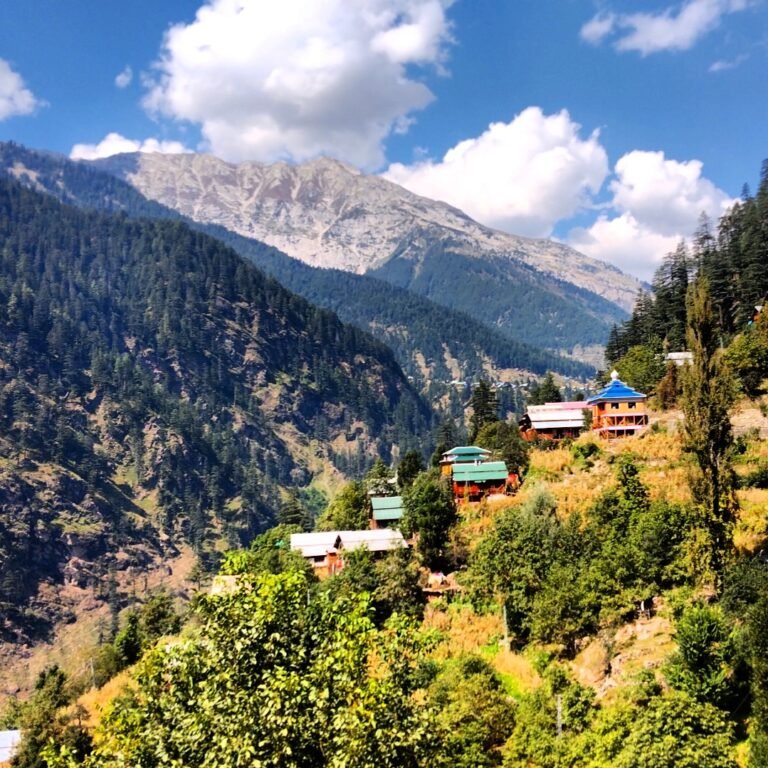Exploring Sarwali Peak: A Comprehensive Guide for Adventure Seekers
If you’re an adventure seeker looking for an exhilarating experience surrounded by nature’s grandeur, Sarwali Peak should be on your bucket list. Nestled in the majestic Himalayas, Sarwali Peak (also known as Dabbar Peak, Toshe Ri, and Toshain-I) offers breathtaking views and a challenging climb that promises to test your limits. In this guide, we’ll explore the wonders and challenges of Sarwali Peak, providing essential information to help you prepare for an unforgettable adventure.

Height and Location of Sarwali Peak
Sarwali Peak stands at an impressive altitude of 6,326 meters (20,755 feet) and is located in the Neelum District of Pakistan-administered Azad Kashmir. It lies at the junction of the Neelam and Shounter valleys, near the Toshain/Rupal Glacier, and towers over the Rupal Valley of Nanga Parbat. As the highest point in Azad Jammu and Kashmir, Sarwali Peak is renowned for its rugged terrain and stunning vistas, attracting mountaineers and trekkers eager for a challenge.
Challenges of Climbing Sarwali Peak
Climbing Sarwali Peak is not for the faint-hearted. Here are some key challenges you’ll face:
-
Steep Terrain: The ascent of Sarwali Peak involves extremely steep slopes, requiring excellent physical fitness and climbing skills. The descent can be equally demanding, making preparation and training crucial.
-
Loose Rock Hazards: The mountain’s loose rock conditions pose significant risks of rockfalls. Climbers must remain vigilant and take necessary precautions to avoid accidents.
-
Exposure Risks: The upper reaches of Sarwali Peak feature sheer drops, increasing the psychological and physical risks. Adequate safety measures and mental preparation are essential.
-
Unpredictable Weather: The weather on Sarwali Peak can be highly unpredictable, with sudden changes in conditions such as rain, snow, and high winds. Climbers must be prepared for all weather scenarios.
-
Limited Resources: There are no amenities available on the mountain, so climbers must carry all necessary provisions, including food, water, and climbing gear.
Climbing History of Sarwali Peak
Sarwali Peak’s climbing history is marked by significant challenges and some tragic incidents:
-
No Documented Successful Ascents: Despite numerous attempts, Sarwali Peak has no official record of successful ascents, highlighting the peak’s formidable nature.
-
Perilous Terrain: The peak is characterized by technical climbs and extensive glaciers, making it one of the more difficult climbs in the region.
-
Tragic Incidents: In 2015, three Pakistani climbers, Hassan Jan, Ali Raza, and Muhammad Mehdi, went missing during their attempt to summit Sarwali Peak. Despite extensive search efforts, they were not found, underscoring the risks involved in high-altitude climbing.
-
Nearby Achievements: In 2019, Simon Messner successfully completed a solo climb of Toshe III, a neighboring peak on the same ridge, demonstrating the challenging nature of the area.
Domail Bala Trek to Sarwali Peak
For those up for the challenge, the Domail Bala trek to Sarwali Peak offers a rewarding adventure through pristine wilderness:
-
Trek Overview
- Difficulty Level: Advanced
- Distance Covered: Kel to Domail Bala is approximately 22 km (around 3.5 hours of trekking). The total trek, including Domail Bala, spans 17-18 km and requires 8-10 hours of strenuous trekking.
- Accommodation: Camping is the only accommodation option, so be prepared for a rugged experience.
-
Highlights of the Expedition
- Panoramic Mountain Vistas: Enjoy spectacular views of surrounding mountain ranges.
- Untouched Wilderness: Experience the raw beauty of remote and unblemished landscapes.
-
Essential Considerations
- Seasonal Factors: The best time to trek is from spring (April-May) to autumn (September-October). Be prepared for sudden weather changes.
- Permit Requirements: Check if permits are required for trekking in the region and ensure compliance with regulations.
- Physical Fitness: The high altitude and challenging terrain require excellent fitness and endurance. Acclimatization is crucial.
- Essential Gear: Bring appropriate trekking gear, including sturdy hiking boots, insulating clothing, a well-equipped backpack, and a durable tent.
-
Planning Your Trek
- Transportation: Start your journey from Kel, accessible by public transport from major cities like Muzaffarabad.
- Guide Selection: Hire local guides who know the terrain and can provide valuable assistance.
- Permit Procurement: Ensure you have all necessary permits and permissions before starting your trek.
Conclusion
Conquering Sarwali Peak is a monumental challenge that requires preparation, skill, and respect for the mountain’s inherent dangers. While the peak remains unclimbed, the journey offers a profound connection to the stunning landscapes of northern Pakistan. With careful planning and respect for the natural environment, your adventure to Sarwali Peak can be a truly memorable experience.
For additional information and articles on trekking and climbing in Kashmir, visit Karakorum Guy.







